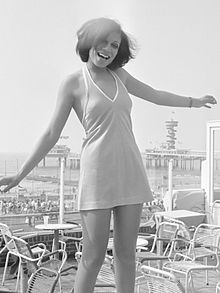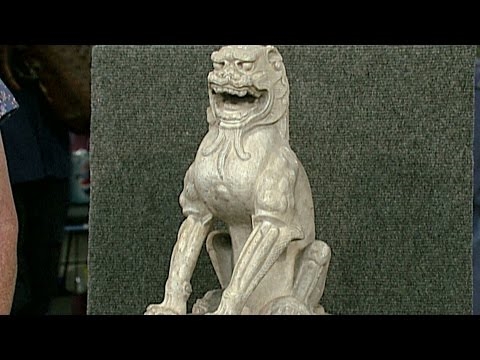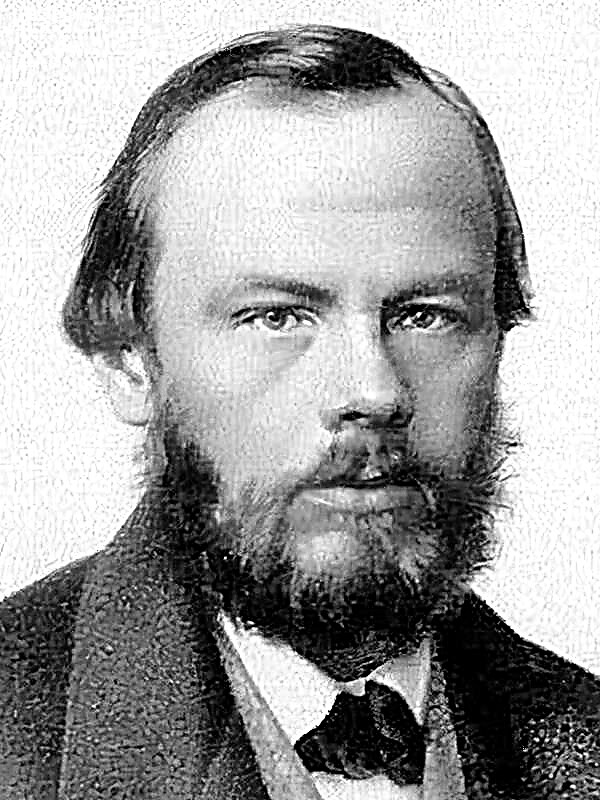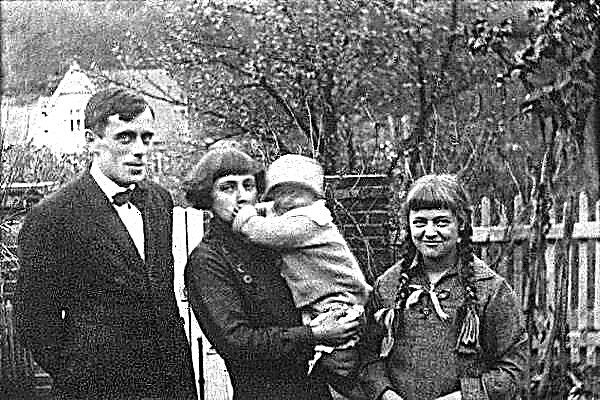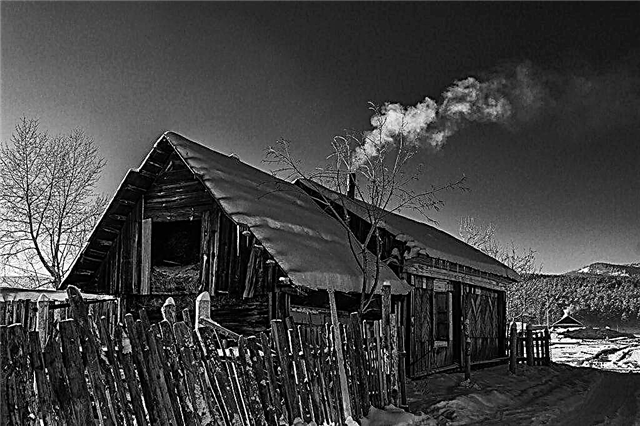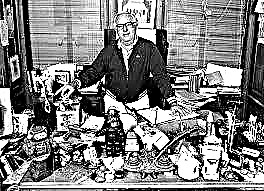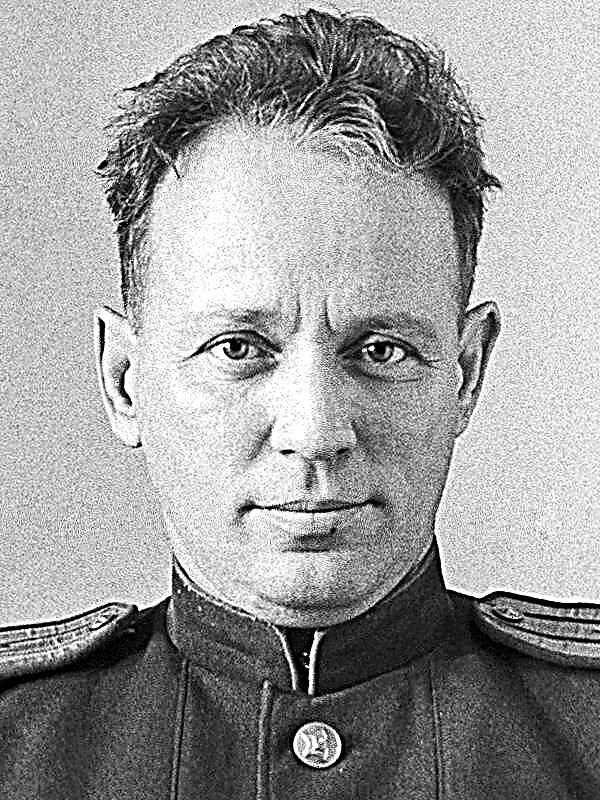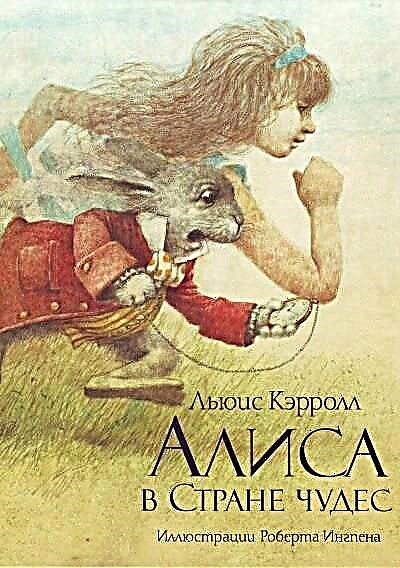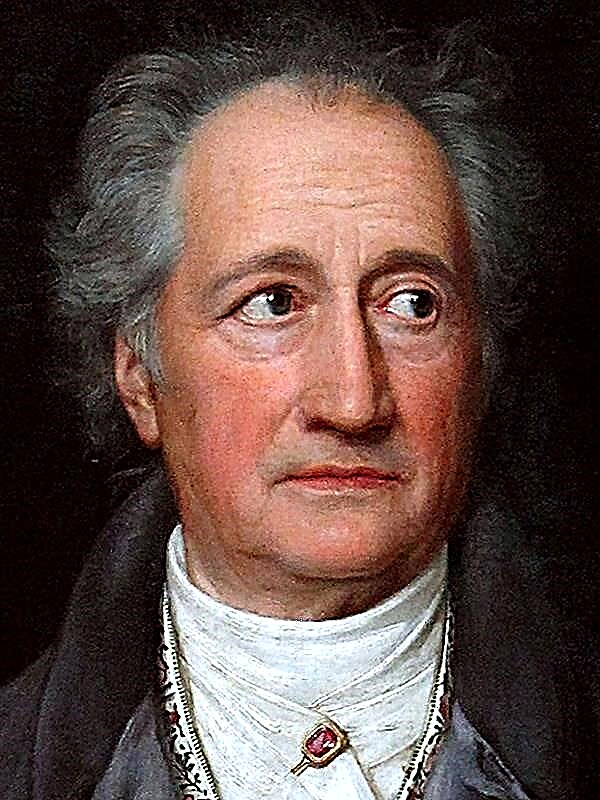Leo Tolstoy (1828-1910) is one of the five most widely read writers. His work made Russian literature recognizable abroad. Even if you have not read these works, you probably know Natasha Rostov, Pierre Bezukhov and Andrei Bolkonsky at least from films or jokes. The biography of Lev Nikolaevich can cause interest in every person, because the personal life of a famous person always causes interest, parallels are drawn with his creative activity. Let's try to trace the life path of Leo Tolstoy.
Origin and formation
The future classic came from a noble family known since the XIV century. Pyotr Andreyevich Tolstoy, the father’s ancestor of the writer, earned the favor of Peter I, investigating the case of his son, who was suspected of treason. Then, Perth Andreevich headed the Secret Chancellery, his career went uphill. Nikolai Ilyich, the father of the classic, received a good education. However, it was combined with unshakable principles that did not allow him to advance at court.
The condition of the father of the future classic was upset because of the debts of his parent, and he married a middle-aged but wealthy Maria Nikolaevna Volkonskaya. Despite the initial calculation, they were happy in the marriage and had five children.
Childhood
Lev Nikolayevich was born fourth (there was still a younger Maria and older Nikolai, Sergey and Dmitry), but he received little attention after birth: his mother died two years after the birth of the writer; father briefly moved with his children to Moscow, but soon died too. The impressions of the trip were so strong that the young Leva created the first composition “The Kremlin”.
Several guardians brought up children at once: first T.A. Ergolskaya and A.M. Osten-Saken. A. Osten-Saken died in 1840, and the children left for Kazan to P.I. Yushkova.
Adolescence
Yushkova’s house was secular and cheerful: receptions, evenings, outward splendor, high society — all this was very important for the family. Tolstoy himself sought to shine in society, to be “comme il faut”, but shyness did not allow to unfold. Real entertainments were replaced by Leo Nikolaevich's thoughts and introspection.
The future classic studied at home: first under the guidance of a German tutor, Saint-Thomas, and then with the Frenchman Reselman. Following the example of the Leo brothers, he decides to enter the Imperial Kazan University, where Kovalevsky and Lobachevsky worked. In 1844, Tolstoy began to study at the Oriental faculty (the selection committee was amazed at the knowledge of the Turkish-Tatar language), and later transferred to the faculty of law.
Youth
The young man was in conflict with the home history teacher, so the grades on the subject were unsatisfactory, at the university it was necessary to listen to the course again. In order to avoid a repetition of the course, Leo went to law school, but did not graduate, left the university and left for Yasnaya Polyana, the parental estate. Here he is trying to farm on new technologies, tried, but unsuccessfully. In 1849, the writer went to Moscow.
During this period, keeping a diary begins, notes will continue until the death of the writer. They are the most important document in the diaries of Lev Nikolaevich and describes the events of his life, and is engaged in introspection, and argues. It also described the goals and rules that he tried to follow.
History of success
The creative world of Leo Tolstoy took shape as a teenager, in his emerging need for constant psychoanalysis. Systemically, such a quality manifested itself in diary entries. It was as a result of constant introspection that the famous “dialectic of the soul” of Tolstoy appeared.
First work
A children's work was written in Moscow, and real works were also written there. Tolstoy creates stories about gypsies, about his daily routine (unfinished manuscripts are lost). In the early 50s, the novel "Childhood" was created.
Leo Tolstoy is a participant in the Caucasian and Crimean wars. The military service gave the writer many new stories and emotions, described in the stories “Raid”, “Logging”, “Demoted”, in the story “Cossacks”. Here also ended the “Childhood”, which brought fame. Impressions of the battle for Sevastopol helped write the cycle "Sevastopol Stories." But in 1856, Lev Nikolayevich parted with the service forever. The personal story of Leo Tolstoy taught him a lot: after watching the bloodshed in the war, he realized the importance of peace and real values - family, marriage, his people. It was these thoughts that he subsequently put into his works.
Confession
The story "Childhood" was created in the winter of 1850-51, and published a year later. This work and its continuation, “Boyhood” (1854), “Youth” (1857) and “Youth” (was never written) were to compose the novel “Four Epochs of Development” about the spiritual formation of man.
Trilogies tell about the life of Nikolenka Irtenyev. He has parents, the elder brother Volodya and sister Lyubochka, he is happy in his home world, but suddenly his father announces a decision to move to Moscow, Nikolenka and Volodya go with him. Equally unexpectedly, their mother dies. A severe blow of fate interrupts childhood. In adolescence, the hero conflicts with others and with himself, trying to comprehend himself in this world. Nikolenka’s grandmother dies, he not only grieves for her, but bitterly notices that some are only concerned about her inheritance. In the same period, the hero begins to prepare for university and gets acquainted with Dmitry Nekhlyudov. Having entered the university, he feels adult and rushes into the maelstrom of secular pleasures. This pastime leaves no time for study, the hero fails in exams. This event led him to think about the incorrectness of the chosen path, leading to self-improvement.
Personal life
It is always difficult for families of writers: a creative person may not be possible in everyday life, and even he will not always have time to earth, he will be embraced by new ideas. But how did the family of Leo Tolstoy live?
Wife
Sofya Andreevna Bers was born in the family of a doctor, she was smart, educated, simple. The writer met his future wife when he was 34 and she was 18. A clear, bright and clean girl attracted the experienced Lev Nikolaevich, who had already seen a lot and was ashamed of his past.
After the wedding, the Tolstoys began to live in Yasnaya Polyana, where Sofya Andreevna was engaged in farming, children and helped her husband in all matters: she copied manuscripts, was engaged in publishing works, was a secretary and translator. After opening a hospital in Yasnaya Polyana, she helped there, examining the patients. The Tolstoy family rested on her concerns, because it was she who conducted all the economic activities.
During a spiritual crisis, Tolstoy came up with a special charter of life and decided to renounce property, depriving children of their fortune. Sofya Andreyevna opposed this, family life cracked. Nevertheless, Lev Nikolaevich’s wife is the only one, and she made a great contribution to his work. He treated her ambivalently: on the one hand, he respected and idolized, on the other, he condemned her because she was engaged in material matters more than spiritual ones. This conflict was continued in his prose. For example, in the novel War and Peace, the last name of the negative hero, evil, indifferent, and obsessed with hoarding, is Berg, which is very consonant with his wife’s maiden name.
Children
Leo Tolstoy had 13 children, 9 boys and 4 girls, but five of them died in childhood. The image of the great father lived in his children, all of them were associated with his work.
Sergey was engaged in the work of his father (he founded a museum, commented on works), and also became a professor at the Moscow Conservatory. Tatyana was a follower of her father’s teachings and also became a writer. Ilya led a hectic life: he lost his studies, did not find a suitable job, and after the revolution he emigrated to the United States, where he lectured on the worldview of Lev Nikolaevich. Leo also first followed the ideas of Tolstoyism, but later became a monarchist, therefore he also emigrated and was engaged in creativity. Maria shared her father’s ideas, abandoned the light and engaged in educational work. Andrei highly appreciated his noble origin, participated in the Russo-Japanese war, after he took his wife away from the boss, and soon died suddenly. Mikhail was musical, but became a military man and wrote memoirs about life in Yasnaya Polyana. Alexandra helped her father in all matters, then became the keeper of his museum, but because of emigration, they tried to forget her achievements in Soviet times.
Creative crisis
In the second half of the 60s - beginning of the 70s, Tolstoy was in a painful spiritual crisis. The writer was accompanied for several years by panic attacks, thoughts of suicide, fear of death. Lev Nikolaevich could not find an answer to the questions of life that tormented him anywhere, and he created his own philosophical doctrine.
Change of worldview
The path of victory over the crisis was unusual: Leo Tolstoy created his moral teaching. His thoughts were expressed by him in books and articles: “Confession”, “So what shall we do”, “What is art”, “I can’t be silent”.
The writer's teachings were anti-Orthodox in nature, since Orthodoxy, according to Lev Nikolaevich, perverted the essence of the commandments, its dogmas are not acceptable, from the point of view of morality, and are imposed by centuries-old traditions, forcibly imparted to the Russian people. The Tolstoyans found a response in the common people and in the intelligentsia, pilgrims from different classes began to come to Yasnaya Polyana for advice. The church reacted sharply to the spread of Tolstoyism: in 1901, the writer was excommunicated from her.
Sweatshirt
Morality, morality and philosophy are combined in the teachings of Tolstoy. God is the best in man, his moral center. That is why it is impossible to follow dogma and justify any violence (what the Church did, according to the author of the doctrine). The brotherhood of all people and the victory over world evil are the ultimate goals of mankind that can be achieved through self-improvement of each of us.
Lev Nikolaevich differently looked not only at his personal life, but also at work. Only ordinary people are close to the truth, and art should only separate good and evil. And this role is played by one folk art. This leads Tolstoy to the rejection of past works and the simplification of new works to the maximum with the addition of edification (“Canvas”, “The Death of Ivan Ilyich”, “Master and Worker”, “Resurrection”).
Death
Since the beginning of the 80s, family relations have escalated: the writer wants to give up copyright to his books, his property and give everything to the poor. The wife sharply opposed, promising to accuse her husband of a madman. Tolstoy realized that the problem could not be resolved peacefully, so he decided to leave the house, go abroad and become a peasant.
Accompanied by Dr. D.P. The writer Makovitsky left the estate (later his daughter Alexandra also joined). However, the writer's plans were not destined to materialize. Tolstoy's temperature rose, he stopped at the head of the Astapovo station. After ten days of illness, the writer died.
Creative heritage
Researchers distinguish three periods in the work of Leo Tolstoy:
- Creativity of the 50s ("young Tolstoy") - during this period, the style of the writer, his famous “dialectic of the soul,” develops, he accumulates impressions, and military service helps in this.
- Creativity of the 60s-70s (classical period) - It was at this time that the most famous works of the writer were written.
- 1880-1910 (period of Tolstoy) - bear the imprint of a spiritual revolution: renunciation of past creativity, new spiritual principles and problems. The style is simplified, as are the plots of the works.

